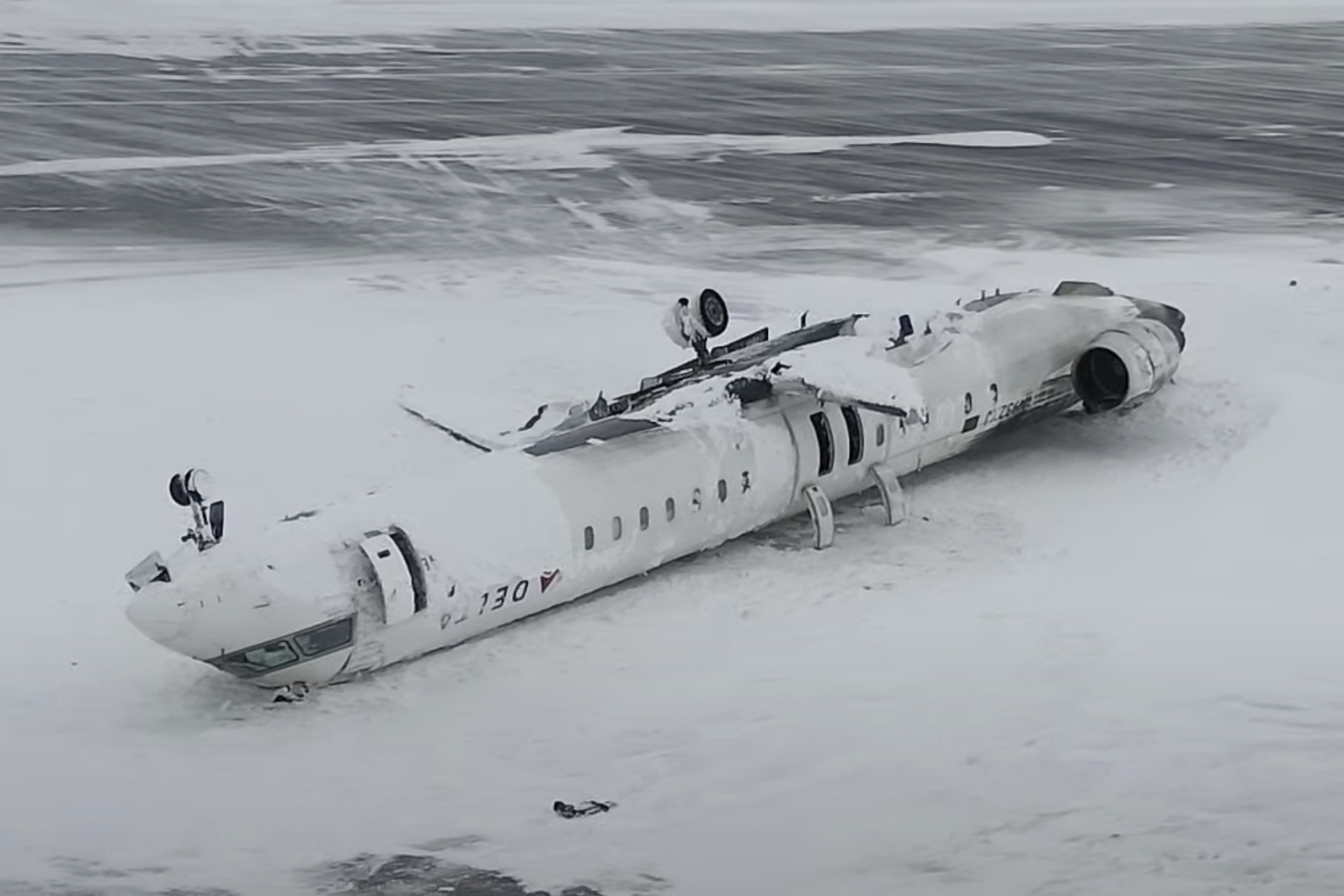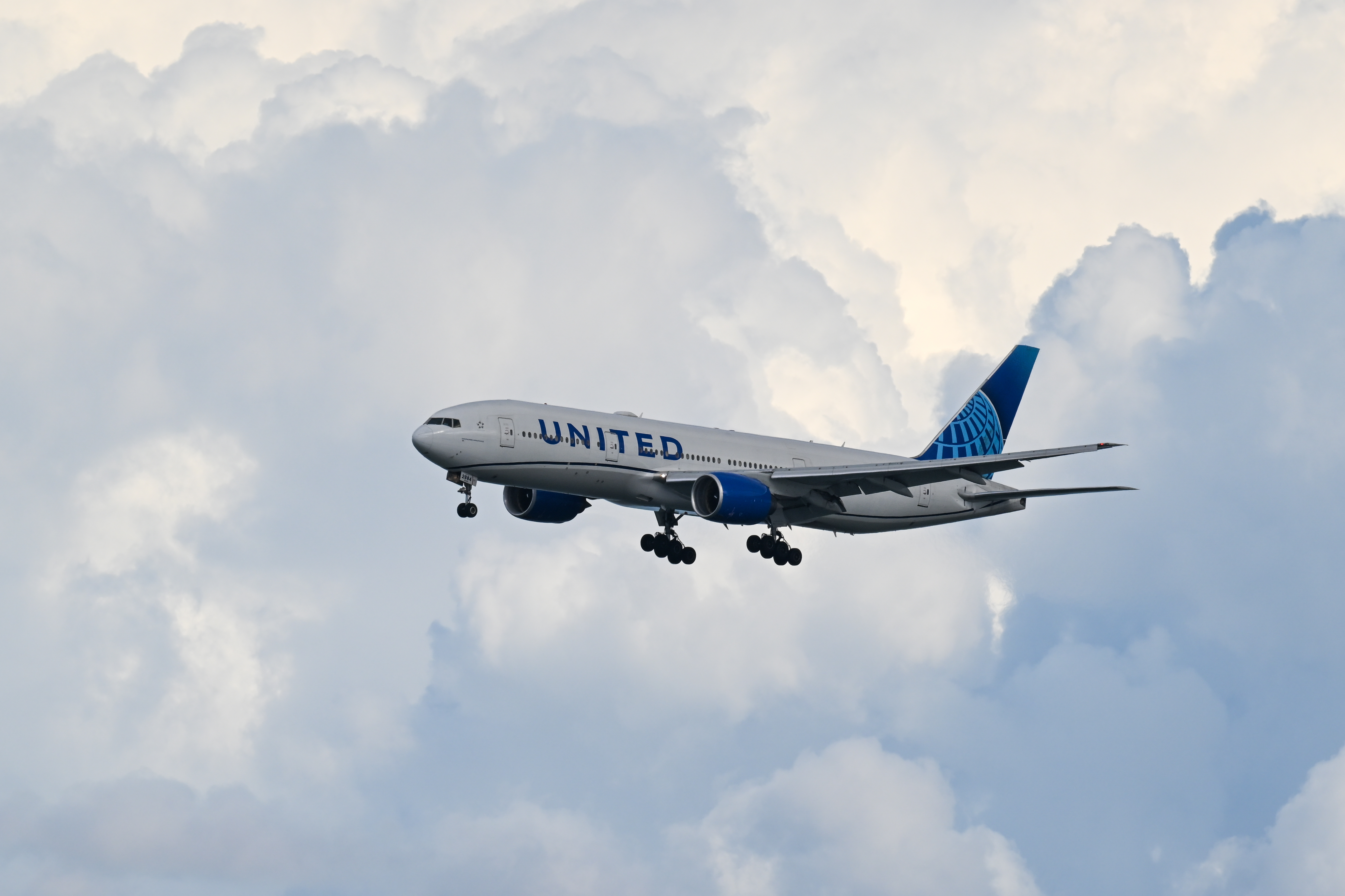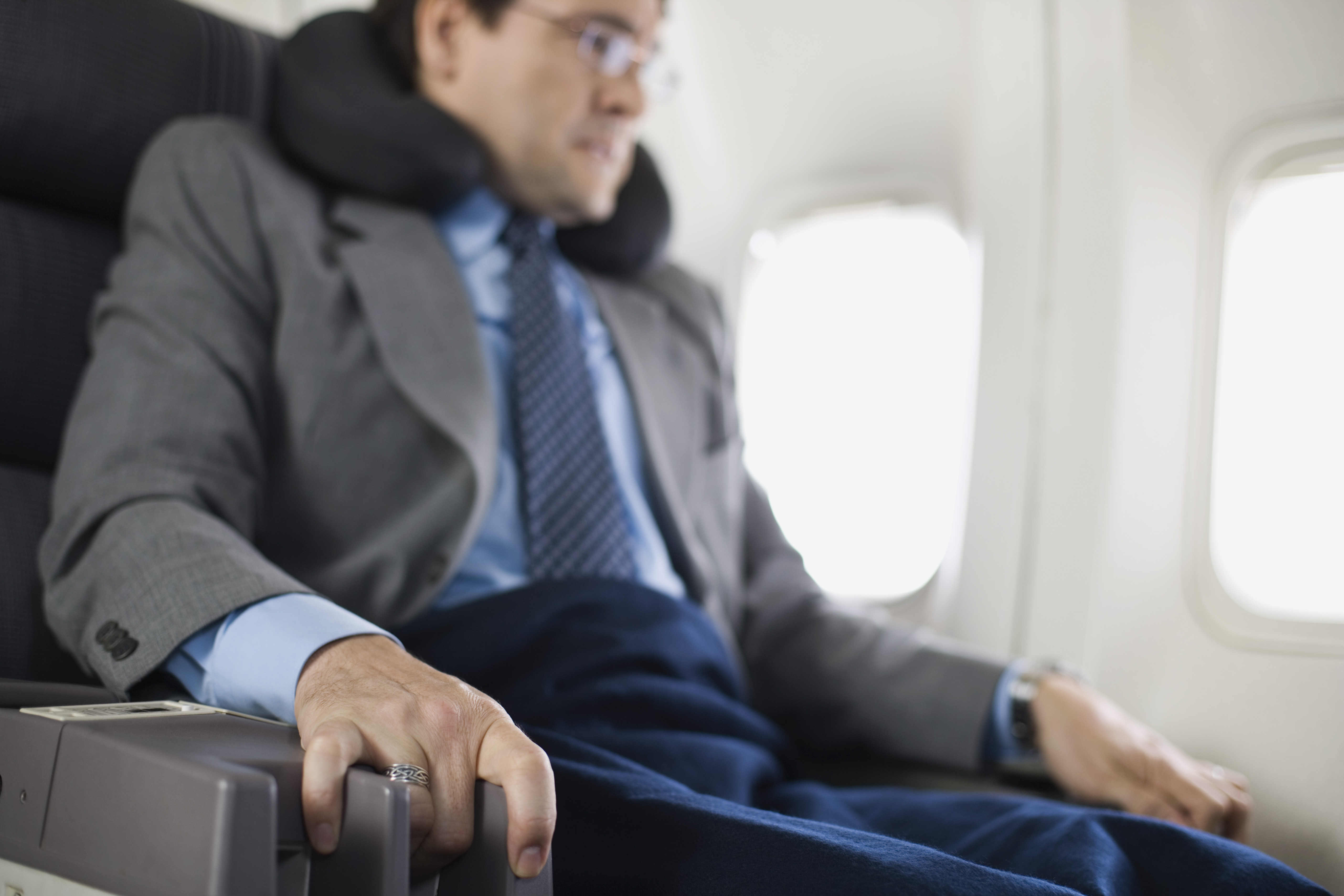Hani Mahmassani, a transportation and engineering professor at Northwestern University, addresses concerns over flying following a series of aviation disasters across the country.
Rising temperatures on planet Earth and climate change could mean we'll have less friendly skies.
Here's why.
Scientists link the warming of the atmosphere to changes in the jet stream which in turn increases the likelihood of unexpected jolts when you are in flight.
Watch NBC 4 free wherever you are
Scientific articles have explored this connection, confirming an increase in the speed of the winds of these currents, which leads to greater instability.
“A wave or trough of the jet stream tends to cause clouds to form,” explains John Morales, a meteorologist with the ClimaData corporation , in an interview . “It can also accentuate the vertical movement and then cause weather conditions that are more violent, more intense, more severe, stronger rain, severe storms, tornadoes.”
Get Tri-state area news delivered to your inbox with NBC New York's News Headlines newsletter.
The specialist indicates that these conditions can be visualized as an immense tube of air moving at high speed at an altitude of about 30,000 feet, which is the same level used by commercial aviation.
“It is the temperature contrasts that generate or lead to the intensity of a jet stream. The greater the temperature contrast, the stronger the jet stream,” says Morales.
“This temperature difference is greater at high levels, such as the stratosphere, and less in the troposphere, where we are, due to the increasing warming. This produces shearing winds that change speed rapidly, literally creating waves of air and giving rise to turbulence.”
Turbulence: from its types to the effects it has
There are four levels of turbulence. One is light, which is a relatively small movement; the other is moderate, where you are feeling it a little bit more, maybe the wings of the plane are moving a little bit; with severe you start to lose a little bit of altitude, not a lot, but it can be 10 feet, it can be 5 feet, but you are going to feel it, the passengers are going to feel it, the pilot is going to be able to see it, and the last one is extreme.
“Incidentally, all moderate, severe or extreme turbulence in general has seen an increase of 55% compared to 45 years ago, meaning that many more turbulence events are being seen today than were seen around 1980,” says Morales.
This situation could continue to worsen in coming decades. Research from the University of Reading indicated a potential increase of 15 minutes or more for westbound, or anti-jet, flights, representing hundreds of millions of dollars in additional fuel costs for U.S. airlines.
Scientific studies suggest that clear-air turbulence could double or triple by mid-century on popular routes such as the North Atlantic, but there is good news.
“Assuming you have the jet stream in your favor and it’s 100 miles per hour, your ground speed is going to be 646 miles per hour. You’re going to get there faster, you’re going to use less fuel,” says Roberto Escobio Casas, chief instructor at ADF Airways .
If fossil fuels continue to be burned, the situation will only get worse
A flight between New York and London broke the record in 2020 for shortest duration, arriving an hour and a half earlier thanks to a powerful jet. In addition, according to the World Economic Forum, airlines could save up to $50,000 per flight and reduce route deviations by up to 15% thanks to meteorological and technological advances such as a turbulence detector developed by NASA.
“Technology continues to advance and aviation is one of those industries where technology is used for the safety of those who fly, so I see aviation safety getting better and better every day,” Escobio Casas said.
“Until we mitigate climate change, the burning of fossil fuels and what humans are doing to the planet, this is not really going to change, if anything it will continue to get worse. So we have to strap ourselves in and keep our seatbelts on the plane,” warns Morales, the meteorologist from ClimaData.
Whether it's faster travel or sudden jolts, the skies are changing, so always buckle up, even when the signal on the plane is off.
--- --- ---
Ariel Rodríguez is the 6 p.m. and 11 p.m. ET meterorologist at Noticiero Telemundo 51, Telemundo Network's Miami-based television station.




